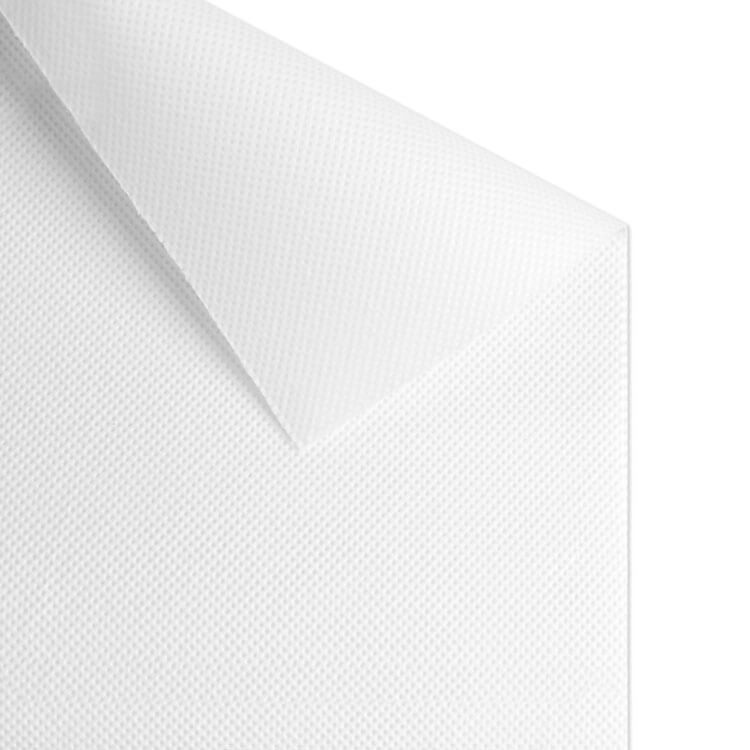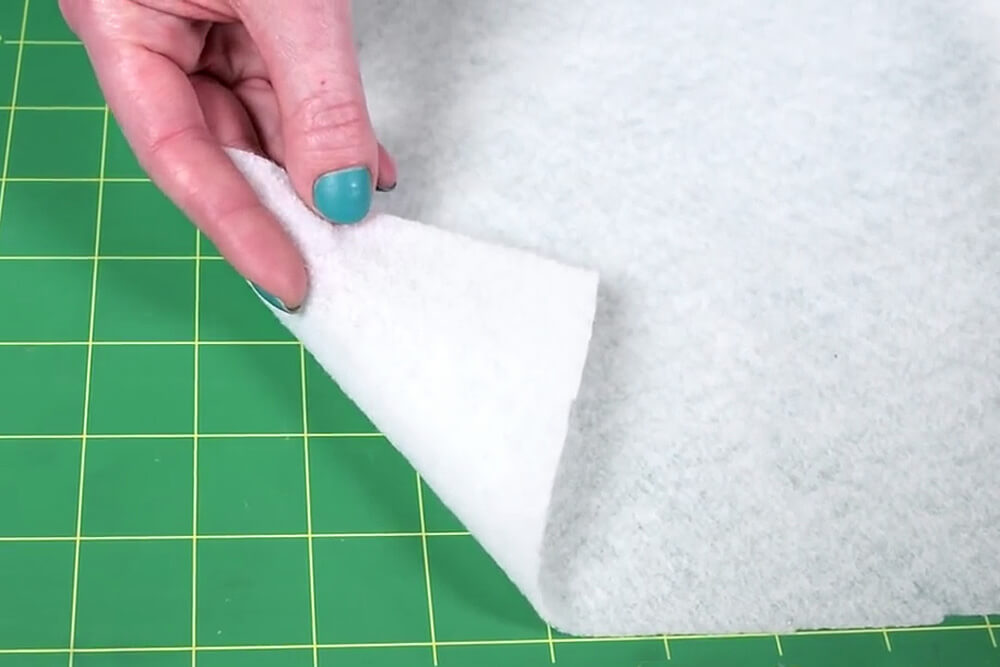The first thing to remember when purchasing interfacing is to buy a type that will be compatible with your garment fabric. A rule of thumb is that the interfacing should be a lighter color and a lighter weight than the fabric it is going to support. Color is generally never a problem, because most material sold specifically for interfacing is white.
For very lightweight fabrics you can use batiste or organza as interfacing, rather than a fabric made specifically for interfacing. These sheer fabrics will give the finished garment a soft effect and must be sewn-in. Organdy can be used if you want a crisp effect and other lightweight sew-in or fusible interfacing may suitable, depending on your fabric type. Remember very delicate fabrics will not stand the heat of fusing; sew-in interfacing should always be used for these fabrics.
Make sure you match the care types for your interfacing and fabric. A dry-clean only fabric requires an interfacing that will stand-up to dry-cleaning. A washable fabric requires a washable interfacing.
Medium weight fabrics like cotton, poplin, denim, linen, flannel, gabardine, satin, chino, velour, double knit, and stretch terrycloth require a medium weight interfacing for a soft effect and lightweight canvas interfacing for a crisp effect. Cotton, poplin, linen, gabardine, and linen can stand the heat required for fusible interfacing. On velour, knit, satin, and terrycloth use sew-in interfacing.
Medium weight fusible or sew-in interfacing is a good choice for heavy weight fabrics like heavier gabardine, corduroy, tweed, and canvas if you want a soft effect. For a crisp effect, chose medium or heavy canvas interfacing.
Some sewers preshrink their interfacing before using it by dunking in hot water and letting it air dry. I have never done this with fusible interfacing and I don’t think it is really necessary. However, if you are using a canvas interfacing or some fabric not specifically designed for interfacing it may be advisable to preshrink it.
Interfacing is also often used when making bags to add stiffness. Check out these tutorials on how to make a clutch, wristlet, and zipper pouch using interfacing.


